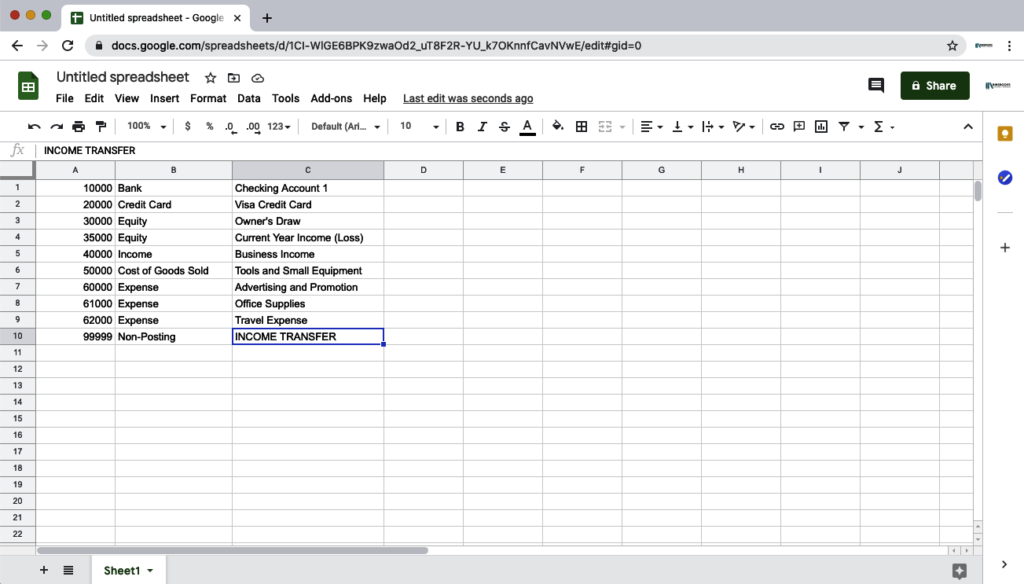

Don’t use and, or, or and/or at the beginning of any list item.Begin each numbered item with an initial capital letter (unless you’re using the list items to complete the sentence).Introduce the list with a lead-in sentence, fragment, heading, or question.

If one item ends in punctuation, every item should end in punctuation.Ī numbered list shows the order in which actions should occur, when events will take place, or order of importance:
-click-office-button.jpeg)
If one item starts with a verb, every item should start with a verb.
#CHECKMARK PAYROLL CAPITALIZE FIRST LETTER FREE#
To attract new customers and encourage action, marketers might capitalize the word free ( Free or FREE). There are capitalization exceptions on some marketing pages. We really don’t need to scream at our customers that often. We occasionally display all capital letters in headings on marketing pages, badges (such as NEW or PLUS), navigation labels, and table headers. It’s like screaming, and it may present additional difficulty for users with dyslexia and other reading challenges or vision impairments. Use ALL CAPS only when you shouldĪvoid using ALL CAPITAL LETTERS. And sub-branding a feature by putting it in capital letters reduces the impact of Intuit’s overall branding efforts. They don’t need to learn a new term, they just need to pay their bills. This helps keep the experience clear and straightforward for customers. But when we present this to customers, it’s simply bill paying. Inside Intuit we might refer to a feature as The Amazing Bill Paying Tool.

Sub-branding also dilutes the strength of the products that we want to capitalize. This kind of sub-branding is distracting, and sometimes intimidating, to users. Don't capitalize feature namesĭon’t capitalize the names of features such as invoices, payroll, and payments. Sentence case also makes translation a bit easier. It helps support the conversational Intuit style and brand personality. Use sentence case, even in headings and titles.


 0 kommentar(er)
0 kommentar(er)
